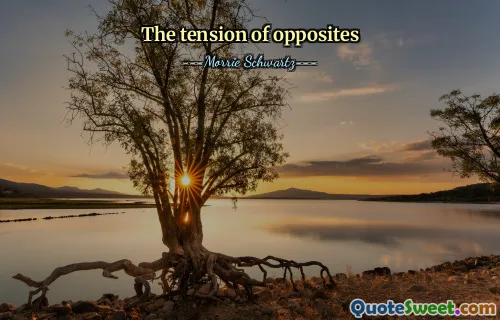
Organic buildings are the strength and lightness of the spiders' spinning, buildings qualified by light, bred by native character to environment, married to the ground.
Frank Lloyd Wright's quote encapsulates the essence of organic architecture, emphasizing a harmonious relationship between a building and its environment. The metaphor of spider silk evokes a sense of balance between resilience and delicacy, suggesting that buildings should not only stand firm but also harmonize with nature's inherent grace. This approach champions structures that are integrated into their surroundings, shaped by the unique characteristics of the local environment, and fundamentally connected to the earth they occupy.
In modern architectural discourse, this philosophy challenges the purely utilitarian or stylistic approach by advocating for a synthesis between form, function, and context. Viewing buildings as living entities that respond to light, topography, and native culture encourages sustainable design and a deep respect for place. It calls for an architecture that evolves in tandem with its setting rather than imposing upon it.
Reflecting on this, one can appreciate how architecture can transcend mere shelter to embody artistry, ecology, and cultural identity. It inspires designers and users alike to value natural materials, climate responsiveness, and contextual sensitivity. Wright's vision is a reminder that architecture has the potential to be both innovative and timeless by honoring the interconnectedness of all life and the environments we inhabit.






